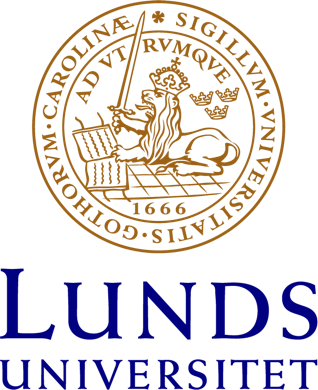Facing methodological challenges in multimodal metaphor research
Paulo Pérez-Sobrino
Recent years have seen a growing interest in visual or verbo-pictorial metaphor, particularly in advertising and cartoons (Forceville and Uriós-Aparisi 2009, Hidalgo and Kraljevic 2011, Pérez-Sobrino 2016). This increased interest is largely the result of a growing awareness of the powerful persuasive effects of metaphor, particularly when it occurs in visual modes of expression (McQuarrie and Phillips, 2005). In order to analyse the role played by metaphor in visual or verbo-pictorial contexts, some researchers have adapted frameworks and methodologies that are used to analyse metaphor in linguistic contexts. These include, for example, Šorm and Steen’s (forthcoming) development of a method for visual metaphor identification, VISMIP, which is based on Steen et al.’s (2010) method for verbal metaphor identification (MIPVU). Others have proposed new analytical frameworks that take the visual or verbo-pictorial context as their starting point (Forceville and Urios-Aparisi 2009, Hidalgo and Kraljevic 2013). However, the field is still largely embryonic and researchers are still struggling to find ways to improve the robustness of their frameworks in order to make their findings more generalizable. As Forceville (2009, 22) points out, there is a greater need for empirical validation across a greater number of examples in order to test the robustness of their hypotheses.
In this presentation I tentatively propose a number of principles on which to build a sound methodology for metaphor research in non-verbal contexts. This is an initial set of recommendations, which I hope will be refined as work in this area progresses. In order to formulate these principles, I draw on my experience with three corpus-based studies that I conducted into multimodal metaphor and other figurative operations in advertising, reflecting on the operational decisions that I made during these studies. My aim is to suggest ways in which metaphor scholars interested in multimodality can better deal with (a) the establishment of a protocol for the identification of metaphor and other figurative operations, (b) the compilation of a representative and diverse corpus of real examples, (c) the issue of inter-rater reliability, and (d) the potential contributions of manual annotation software programs. Although verbal and multimodal metaphor do resemble each other to some extent, I hold that the different affordances offered by the visual mode mean that a different set of analytical resources and methodological tools is required to study non-verbal metaphor.
References:
Forceville, Charles. 2009. “Non-verbal and multimodal metaphor in a cognitivist framework: Agendas for research”, In Multimodal Metaphor edited by C. Forceville and E. Urios-Aparisi, 19-42. Berlin and New York: Mouton de Gruyter.
Forceville, Charles, and Eduardo Urios-Aparisi. (eds.) 2009. Multimodal Metaphor. Berlin/New York: Mouton de Gruyter.
Hidalgo, Laura, and Blanca Kraljevic. 2011. “Multimodal metonymy and metaphor as complex discourse resources for creativity in ICT advertising discourse”. In Metaphor and Metonymy Revisited Beyond the Contemporary Theory of Metaphor, edited by Francisco Gonzálvez García, Maria Sandra Peña-Cervel and Lorena Pérez-Hernández, 153–178. Amsterdam/Philadelphia: John Benjamins.
Hidalgo, Laura, and Blanca Kraljevic. 2013. Metaphorical creativity across modes. Special issue of Metaphor and the Social World 3(2). Amsterdam/Philadelphia: John Benjamins.
McQuarrie, Edward F., and Barbara J. Phillips. 2005. “Indirect persuasion in advertising: How consumers process metaphors presented in pictures and words”. Journal of Advertising 34 (2):7-20.
Pérez-Sobrino, Paula. 2016. “Multimodal metaphor and metonymy in advertising: A corpus-based account”. Metaphor and Symbol 31(2):73-90.
Šorm, Ester, and Gerard Steen. (forthcoming). VISMIP: Towards a method for visual metaphor Identification. In Visual metaphor: Structure and Process, edited by Gerard Steen. Amsterdam: John Benjamins Publishing Company.
Steen, Gerard et al. 2010. A method for linguistic metaphor identification: From MIP to MIPVU. Amsterdam/Philadelphia: John Benjamins.
